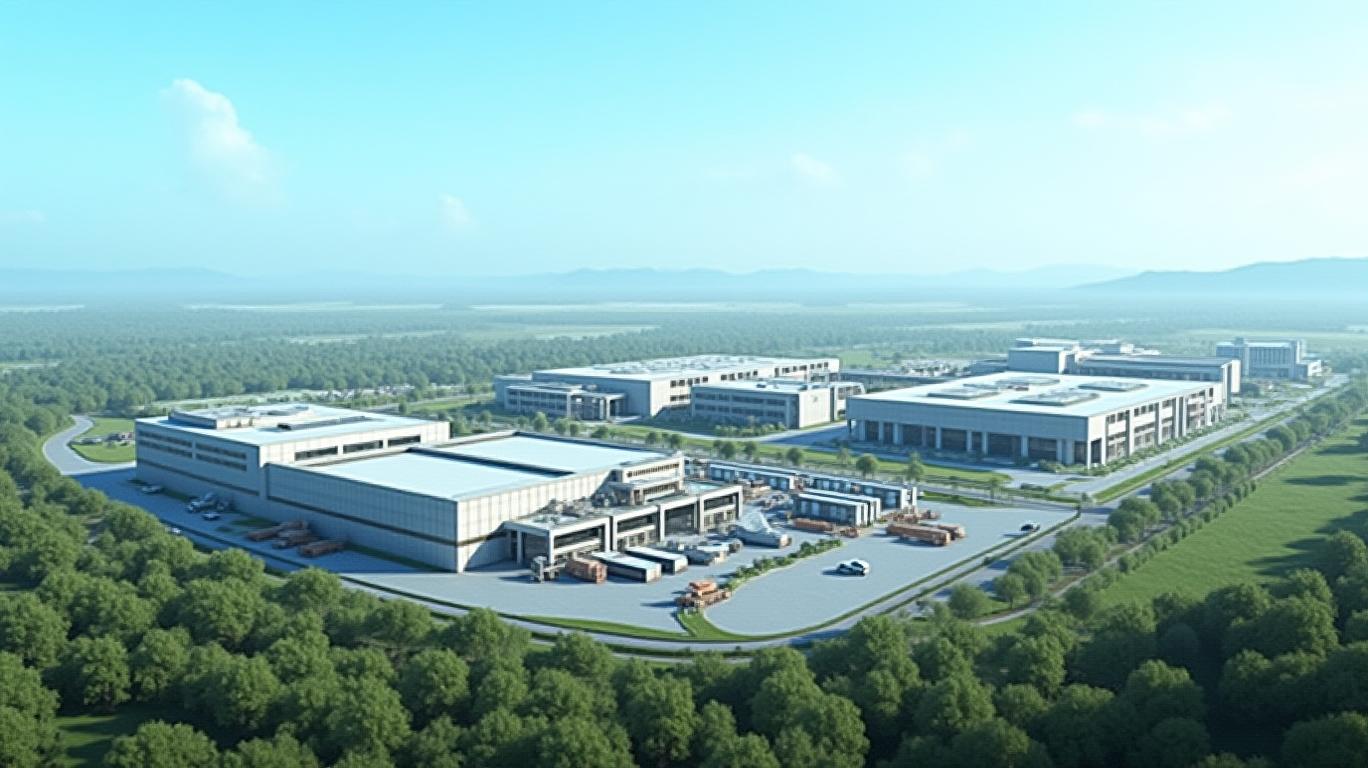Grasim Industries Leadership Transition: Navigating CFO Changes for Growth and Value Creation
Grasim Industries, the flagship of the $60 billion Aditya Birla Group, is poised at a pivotal moment in its leadership trajectory. With Hemant Kadel set to succeed Pavan Jain as CFO effective August 2025, the transition raises critical questions about how Grasim's financial strategy will evolve. This shift comes against a backdrop of robust financial performance—driven by Jain's tenure—and a need to sustain momentum in high-growth sectors like cement, viscose, and financial services. Let's dissect the strategic implications for investors.
Pavan Jain's Legacy: Risk Mastery and Strategic Growth
Pavan Jain's tenure (2022–2025) was defined by exceptional risk management and aggressive diversification. Under his leadership:
- Grasim achieved a 62% YoY net profit surge in Q4 FY2022, reaching ₹2,777 crore, while revenue rose 18% to ₹28,811 crore.
- The company secured the “Masters of Risk” award in 2025, recognizing its enterprise risk framework, which balanced global supply chain disruptions (e.g., Russia-Ukraine war impacts) with disciplined capital allocation.
- Strategic expansions, such as a ₹10,000 crore investment in the paints sector under the “Birla White” brand, marked a shift toward high-margin consumer-facing businesses.

Jain's focus on operational resilience and sector diversification laid a strong foundation. His legacy includes a debt-to-equity ratio stabilized at ~0.3x, reflecting prudent financial stewardship. However, with global input costs rising and geopolitical risks lingering, the baton now passes to Kadel to navigate new challenges.
Hemant Kadel's Expertise: A Catalyst for M&A and Tax Efficiency
Kadel brings 25 years of experience in tax optimization, M&A, and corporate restructuring—skills critical for Grasim's next phase. His appointment signals a strategic pivot toward:
1. Debt Management and Capital Efficiency: With Kadel's tax expertise, Grasim could reduce its effective tax rate, freeing cash for reinvestment. The company's FY2022 EBITDA margin (18.6%) offers room for improvement through tax arbitrage.
2. Accelerated M&A in High-Growth Sectors: Kadel's track record in M&A could fast-track Grasim's push into financial services (e.g., Aditya Birla Capital's ₹5,11,260 crore AUM) and cement (UltraTech's 215 MTPA target by 2027).
3. Restructuring for Global Expansion: His restructuring skills may help Grasim optimize its global footprint, particularly in Southeast Asia and Africa, where the Aditya Birla Group aims to grow its $60 billion turnover.
Contrasting Leadership Styles: Continuity or Change?
While Jain emphasized risk mitigation and organic growth, Kadel's focus on tax-driven cost savings and inorganic expansion could amplify returns. This shift is strategic but carries risks:
- Near-Term Volatility: Investors may react cautiously to Kadel's aggressive M&A stance, potentially pressuring the stock.
- Long-Term Gains: A tax-optimized structure and acquisitions in high-margin sectors like paints (targeting ₹10,000 crore by 2025) could boost EPS meaningfully.
Why This Transition Supports a “Buy” Recommendation
- Alignment with Group Vision: Kadel's expertise aligns with the Aditya Birla Group's focus on $60 billion+ growth and diversification. His M&A background will complement Grasim's existing strengths in viscose (global #1 producer) and cement (India's largest).
- Financial Fortitude: Grasim's ₹20,000 crore cash reserves and low leverage (~0.3x debt/equity) provide a safety net for Kadel's initiatives.
- Near-Term Catalysts:
- Paints Capacity Completion (Q4 FY2024): Expected to add ~₹5,000 crore in revenue by FY2026.
- Aditya Birla Capital's E-commerce Play: The ₹8,500 crore run-rate target for B2B e-commerce could drive financial services margins upward.
Risks and Considerations
- Input Cost Pressures: Rising energy and raw material prices could squeeze margins, requiring Kadel to balance growth with cost discipline.
- Global Trade Uncertainties: Geopolitical risks (e.g., China's viscose competition) remain a threat to Grasim's export-heavy sectors.
Conclusion: A Transition Built for the Next Decade
The shift from Pavan Jain to Hemant Kadel marks a deliberate evolution of Grasim's financial strategy—from risk mastery to value creation through tax efficiency and M&A. With a robust balance sheet, diversified portfolio, and a leadership team aligned with the Aditya Birla Group's ambitions, this transition positions Grasim to outperform in the medium term.
For investors, the current valuation (P/E of ~18x vs. industry average of 22x) offers a margin of safety. Initiate a position now, with a target price of ₹650–₹700 (a 15–20% upside from current levels), and hold for the next 2–3 years to capture the fruits of this strategic leadership change.
The baton has been passed—Grasim is ready to sprint.

Comments
No comments yet